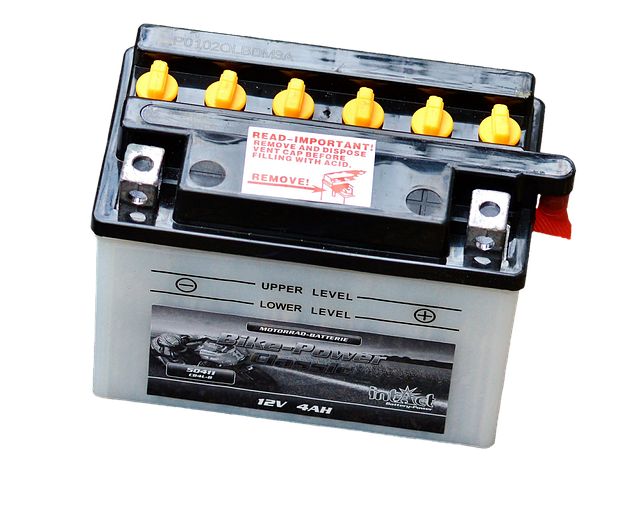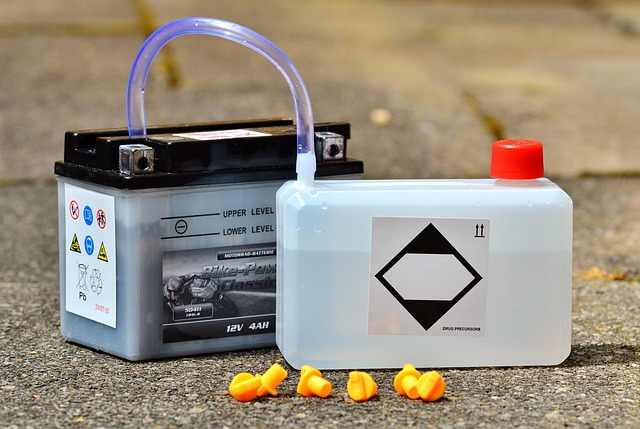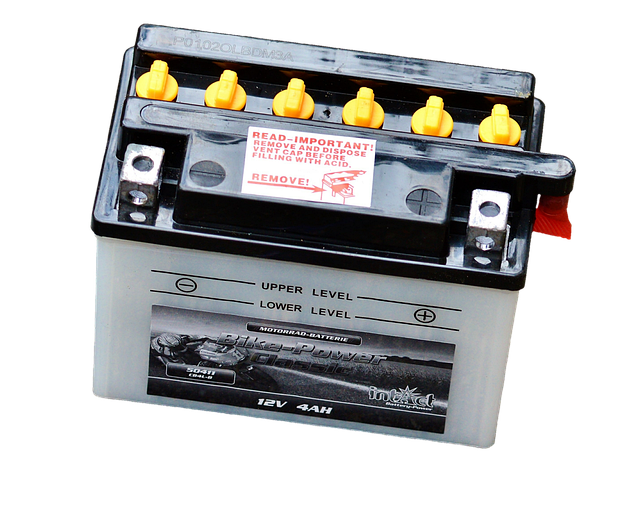Electric vehicles have become a symbol of innovation, offering zero‑emission driving, instant torque, and a quiet ride. Yet, as owners rely on these cars for everyday commutes and long‑haul trips, the hidden process of battery aging begins to influence how they feel on the road. Understanding this phenomenon is key for anyone who wants to maintain performance, extend range, and protect their investment.
The Chemistry of Battery Aging
At the heart of every electric car is a lithium‑ion battery pack. Inside, lithium ions shuttle between the positive cathode and negative anode during charge and discharge cycles. Over time, microscopic changes—such as the growth of solid electrolyte interphase layers, loss of active material, and electrode degradation—accumulate. These changes reduce the battery’s ability to hold charge, thereby shortening the car’s range.
- Formation of irreversible SEI layers consumes lithium, decreasing capacity.
- Cracking of active particles leads to loss of electrical contact.
- Lithium plating at low temperatures adds internal resistance.
While each of these factors can be complex, the common thread is that battery aging is a gradual, cumulative process that subtly alters performance over months and years.
How Aging Alters Driving Experience
Owners may first notice battery aging through a drop in the displayed range on the dashboard. But the impact goes beyond simple mileage:
“I was able to go from a 300‑mile range to 240 miles in just a year, which felt like a 20% reduction.” – Fleet Manager
Other tangible effects include:
- Reduced Acceleration: Higher internal resistance can dampen the rapid delivery of power that electric cars are known for.
- Extended Charging Times: As capacity shrinks, the battery requires longer periods to reach full charge.
- Thermal Management Strain: Aging cells can generate more heat, prompting the vehicle’s cooling system to work harder.
- Increased Battery Stress: Frequent deep discharges or high‑speed driving can accelerate the wear on already aged cells.
Key Factors That Accelerate Battery Aging
Not all battery packs age at the same rate. Several environmental and usage conditions contribute to accelerated degradation:
- High State of Charge (SoC) Usage: Keeping the battery near full capacity during most charges stresses the chemistry.
- Extreme Temperatures: Both high heat and cold can increase internal resistance and encourage lithium plating.
- Frequent Fast Charging: Rapid charge rates generate heat and can cause uneven lithium distribution.
- High Driving Loads: Long commutes, frequent highway speeds, or heavy cargo increase energy demand, leading to deeper cycles.
- Improper Maintenance: Skipping regular service visits means unnoticed cooling system issues or sensor drift that indirectly speed up aging.
Strategies to Mitigate Battery Aging
While battery aging is inevitable, there are practical steps that owners and fleet operators can take to slow its progression:
- Moderate State of Charge: Aim for a 20‑80% charging window whenever possible; this reduces stress on the battery.
- Temperature Management: Use climate‑controlled parking when available, and avoid parking in direct sun for extended periods.
- Balanced Charging Habits: Limit the use of ultra‑fast chargers to occasional needs rather than daily routine.
- Regular Diagnostic Checks: Schedule battery health inspections every 12 months to catch early signs of degradation.
- Software Updates: Manufacturers often release firmware that optimizes battery control algorithms for longevity.
Battery Service and Replacement Considerations
When performance dips beyond acceptable levels, car service centers can perform a battery health assessment. This typically includes:
- Capacity test to measure actual versus rated energy.
- Internal resistance measurement to gauge charging efficiency.
- Thermal imaging to spot hotspots.
If degradation is significant, replacement becomes a viable option. Modern battery packs are modular, allowing for partial or full swaps. Replacement decisions often balance cost against projected future range and resale value.
The Role of Emerging Battery Technologies
While current lithium‑ion chemistries dominate the market, research is moving toward alternatives that promise lower aging rates:
- Solid‑State Batteries: Eliminating liquid electrolytes can reduce SEI growth and enhance safety.
- Silicon‑Enhanced Anodes: Increasing capacity while mitigating volume expansion leads to less mechanical stress.
- Lithium‑Sulfur Cells: Though still in development, they offer higher energy density with potentially better cycle stability.
These technologies are expected to enter production in the next decade, offering drivers improved longevity and performance.
Practical Takeaways for Electric Car Owners
Battery aging can feel like an abstract concept, but it translates into everyday decisions. Here are concrete actions to keep your electric vehicle running near its peak:
- Follow the manufacturer’s recommended charging limits.
- Use regenerative braking to recover energy and reduce battery depth of discharge.
- Schedule bi‑annual cooling system checks.
- Monitor on‑board diagnostics for any red‑flag messages.
- Stay informed about firmware releases that can improve battery management.
By integrating these habits into routine use, drivers can effectively slow the rate of battery aging, preserve range, and extend the life of their electric car.
Future Outlook: From Aging to Resilience
As electric vehicles become increasingly mainstream, the industry is pivoting from managing aging to building resilience. Battery management systems are becoming smarter, with predictive analytics that anticipate degradation patterns and adjust operating parameters in real time. Additionally, vehicle‑to‑grid (V2G) technologies may enable batteries to operate within optimal ranges by feeding excess charge back to the grid during low‑demand periods.
Ultimately, the trajectory of battery aging will be shaped by advances in chemistry, smarter software, and user habits. Understanding the science and actively managing the factors that influence it will help drivers keep their electric cars performing for years to come.




